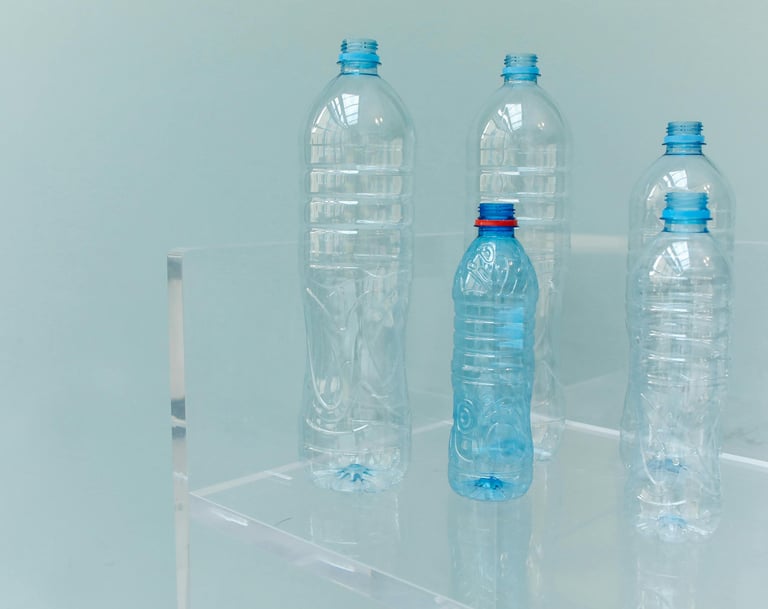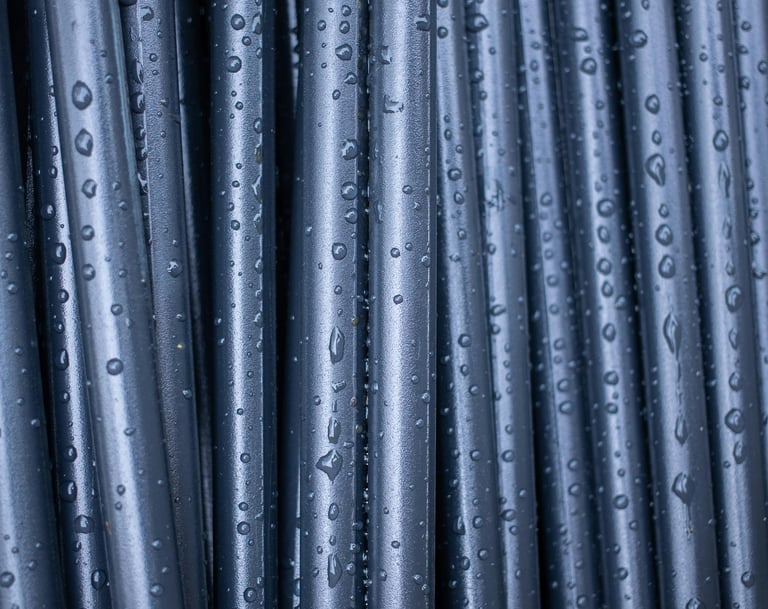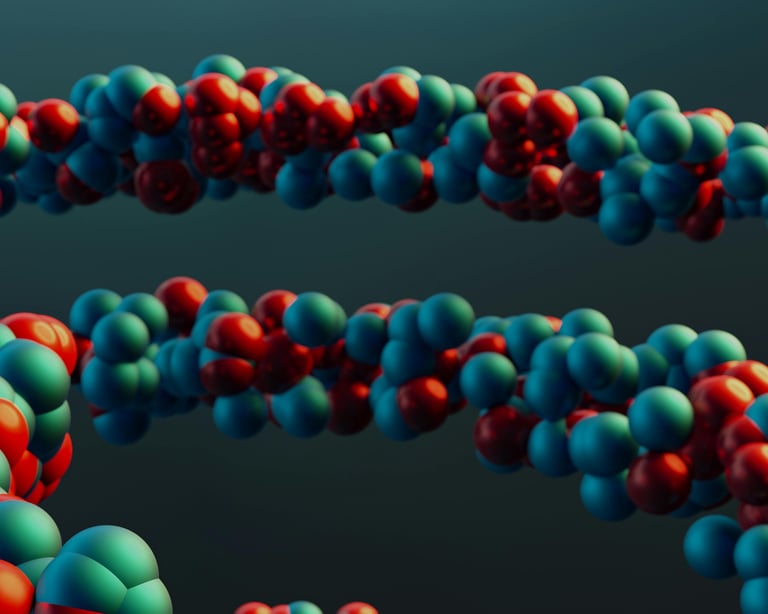


1. Polyester Chips (PET Chips)
Industry Applications:
Textile Industry: Used to produce polyester fibers, yarns, and fabrics (for apparel, home textiles).
Packaging Industry: Used to make PET bottles and containers.
Industrial Textiles: Seat belts, tire cords, conveyor belts.
Recycled PET (rPET) Chips: Used in sustainable textiles and packaging.












3. Polypropylene (PP) Chips
Industry Applications:
Nonwoven Textiles: Hygiene products (diapers, wipes), medical textiles (surgical masks, gowns).
Carpets & Rugs: BCF (Bulked Continuous Filament) fibers.
Geotextiles: Infrastructure and civil engineering.
4. Acrylic Chips (Polyacrylonitrile - PAN Chips)
Industry Applications:
Textile Industry: Sweaters, blankets, and imitation wool textiles.
Technical Applications: Carbon fiber precursor (PAN-based carbon fiber).
Outdoor Fabrics: Awnings, tents.
5. Spandex / Elastane (PU Chips)
Industry Applications:
Apparel Industry: Stretchable fabrics (sportswear, leggings, lingerie).
Medical Textiles: Compression garments, bandages.
6. Polyethylene Terephthalate Glycol (PETG Chips)
Industry Applications:
Textile Films: Coatings and specialty textiles.
Thermoforming Sheets: Used in packaging but also in coated textiles.
7. Specialty Synthetic Chips
Aramid Chips (e.g., Kevlar®, Nomex®)
Industry Applications: High-performance textiles, protective clothing, bulletproof vests.
PTFE Chips (Teflon®)
Industry Applications: Filter fabrics, industrial protective fabrics.
Here's a detailed overview of the seven primary groups of synthetic textile chips, including their technical specifications and applications:


2. Nylon Chips (Polyamide Chips)
Types: Nylon 6, Nylon 66 chips.
Industry Applications:
Textile Industry: Used for manufacturing nylon fibers for activewear, hosiery, swimwear.
Automotive Industry: Airbags, seat covers, carpets.
Industrial Uses: Ropes, fishing nets, technical fabrics.
Engineering Plastics: Used for molding components.
POLYMERS THAT BUILD THE FUTURE

About Technical Specifications
1. Polyester Chips (PET Chips)
Description: Polyethylene Terephthalate (PET) chips are the raw material for producing polyester fibers and fabrics.
Technical Specifications:
Intrinsic Viscosity (IV): Typically ranges from 0.58 to 0.70 dl/g, influencing the molecular weight and strength of the resulting fiber.
Melting Point: Approximately 250°C.
Moisture Content: Should be less than 0.4% to ensure optimal processing.
Appearance: Generally white or slightly off-white, available in semi-dull, full-dull, or bright variants depending on the desired luster of the fiber.
Applications:
Textiles for clothing and home furnishings.
Industrial applications like tire cords and conveyor belts.
Packaging materials such as PET bottles.
2. Nylon Chips (Polyamide Chips)
Description: Nylon chips serve as the precursor for nylon fibers, known for their strength and elasticity.
Technical Specifications:
Types: Primarily Nylon 6 and Nylon 66.
Relative Viscosity:
Nylon 6: Typically between 2.4 to 3.0.
Nylon 66: Ranges from 2.5 to 3.5.
Melting Point:
Nylon 6: Approximately 220°C.
Nylon 66: Around 260°C.
Moisture Content: Should be below 0.1% for optimal processing.
Applications:
Apparel such as hosiery and activewear.
Industrial uses including ropes and fishing nets.
Automotive components like airbags.
3. Polypropylene (PP) Chips
Description: Polypropylene chips are utilized to produce fibers that are lightweight and resistant to moisture.
Technical Specifications:
Melt Flow Index (MFI): Typically between 10 to 35 g/10 min (measured at 230°C/2.16kg), indicating the flow rate of the melted polymer.
Melting Point: Approximately 160-170°C.
Density: Around 0.90 to 0.91 g/cm³, contributing to the lightweight nature of the fibers.
Applications:
Nonwoven fabrics for hygiene products like diapers.
Geotextiles used in construction.
Carpets and upholstery.
4. Acrylic Chips (Polyacrylonitrile - PAN Chips)
Description: Acrylic chips are the foundation for acrylic fibers, which mimic the properties of wool.
Technical Specifications:
Polymer Composition: Primarily composed of acrylonitrile monomers, often with comonomers to enhance dyeability and flexibility.
Melting Point: Acrylic fibers do not have a sharp melting point; they decompose at temperatures above 200°C.
Density: Approximately 1.17 g/cm³.
Applications:
Apparel such as sweaters and socks.
Home furnishings like blankets and carpets.
Outdoor fabrics due to their resistance to weathering.
5. Spandex / Elastane (PU Chips)
Description: Polyurethane (PU) chips are processed to create spandex fibers, renowned for their exceptional elasticity.
Technical Specifications:
Elongation: Can stretch up to 500-600% of their original length without breaking.
Recovery: Exhibit excellent recovery, returning to their original length after stretching.
Density: Approximately 1.2 g/cm³.
Applications:
Sportswear and activewear.
Medical textiles like compression garments.
6. Polyethylene Terephthalate Glycol (PETG Chips)
Description: PETG chips are a modified form of PET, offering enhanced clarity and toughness.
Technical Specifications:
Intrinsic Viscosity (IV): Typically ranges from 0.72 to 0.84 dl/g.
Melting Point: Lower than standard PET, around 220-230°C.
Density: Approximately 1.27 g/cm³.
Applications:
Thermoformed products like packaging trays.
Medical applications due to its clarity and toughness.
7. Specialty Synthetic Chips (e.g., Aramid Chips)
Description: Aramid chips are used to produce fibers with outstanding strength and heat resistance.
Technical Specifications:
Types: Notable examples include Kevlar® and Nomex®.
Tensile Strength: Variable


Trawoe Professional Agency Corporation
Your trusted partner in outsourcing.
Contact us :
please subscribe :
© 2025. All rights reserved.